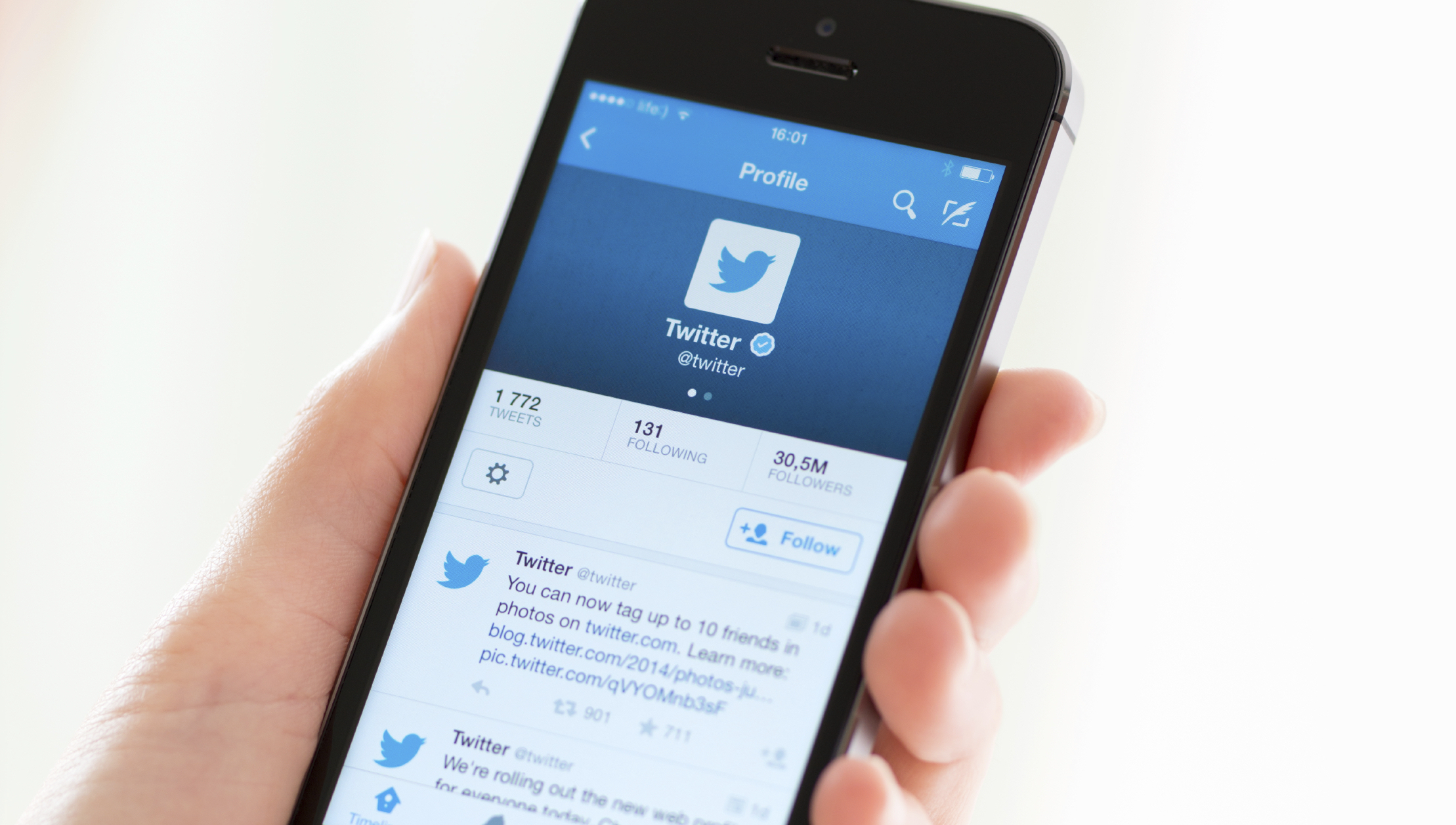What Happened
Twitter is launching a new interactive ad product that lets brands offer exclusive content in exchange for user engagement. With the “Instant Unlock Card,” which hides a photo or video behind a call-to-action button, brands can encourage fans to tweet about them with a customized hashtag or simply retweet in order to unlock exclusive content. Along with this ad product, Twitter has also created new measurement tools to track user engagement and impressions these interactive cards generate.
What Brands Need To Do
Twitter has been steadily rolling out new ad products to appeal to brand marketers in the hope of boosting its ad revenues. It launched an ad unit in February that helps brands’ tweets stay atop timelines and introduced multi-tweet Carousel ads in June. The “Unlock” cards incentivize users to tweet by offering them access to exclusive content, which brand marketers can leverage to increase the organic reach of their tweets while also improving user engagement.
Source: AdWeek



